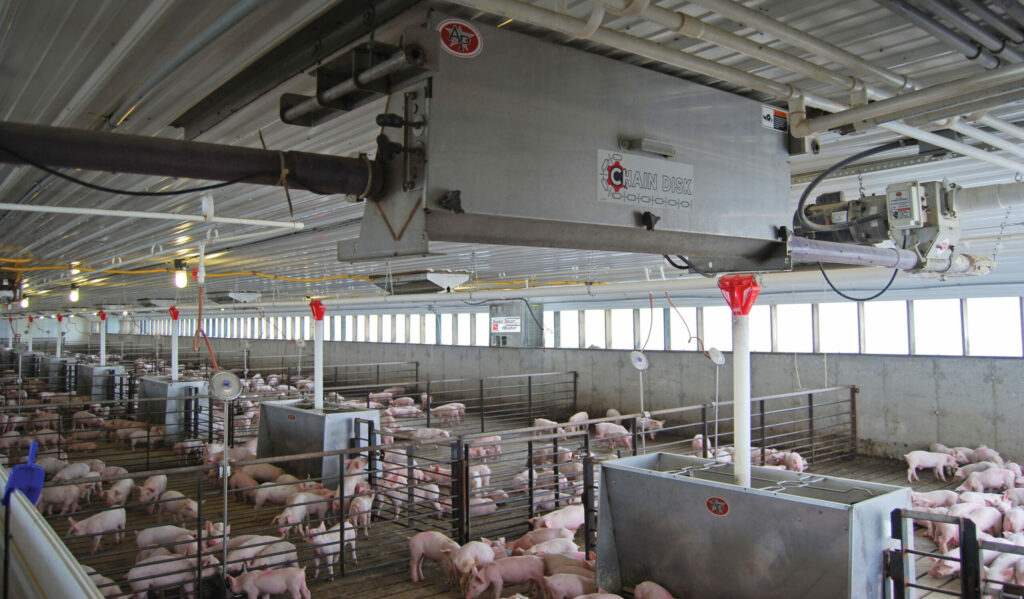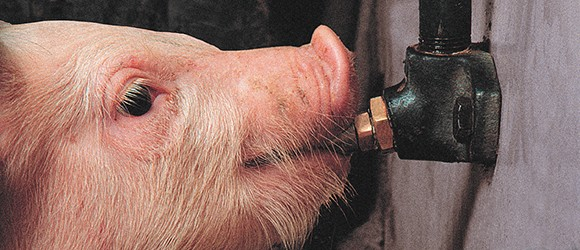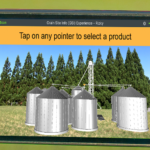Transforming Livestock Systems to Increase Productivity and Sustainability
With the global population growing rapidly, farmers and producers need to deliver nutritious protein to communities around the globe. The livestock industry is a key driver for sustainable development in agriculture.

Transforming Livestock Systems to Increase Productivity and Sustainability
With the global population growing rapidly, farmers and producers need to deliver nutritious protein to communities around the globe. The livestock industry is a key driver for sustainable development in agriculture.With the global population growing rapidly, farmers and producers need to deliver nutritious protein to communities around the globe. At the same time, the world’s livestock sector is growing to meet the increasing demand for high-value animal protein driven by population growth, rising incomes and urbanization.
The livestock industry is a key driver for sustainable development in agriculture. It contributes to food security, nutrition, poverty alleviation, and economic growth. Through the adoption of best management practices, the sector can reduce environmental impacts and become more resource-efficient.
Livestock systems have an impact on the environment, including air, land, soil, water and biodiversity. Producers need tools to adopt best practices for raising livestock and reducing environmental impact while becoming more efficient in using resources.
Dr. Neville Gregory, author of Animal Welfare and Meat Production, describes three different types of livestock operations in his book:
- Intensive livestock farming
- Industrialized livestock farming
- Subsistence farming
Within any of these types of operations, livestock can be raised in a system known as confined animal feeding operations, or CAFO’s.
Balance is needed in the industry to efficiently raise a large number of animals to meet the nutritional needs of a growing world population. While unique animal welfare issues can arise with livestock being housed in a CAFO, AGCO is working on innovations to help producers. With the right tools and equipment, producers can provide a life of good health, longevity, and superior performance to their livestock.
AGCO helps farmers and producers utilize systems that have the opportunity to reduce stress on animals, which promotes health and productivity.
AGCO’s solutions ensure animals live a healthy life.
To learn more about our Grain and Protein products, visit: https://www.automatedproduction.com/, https://www.grainsystems.com/, https://www.cumberlandpoultry.com/
Written by: Jessica Williamson, PhD, Hay and Forage Specialist. Jessica Williamson holds an M.S. in livestock nutrition and a Ph.D. in Forage Agronomy. Jessica is responsible for designing and conducting field tests on hay and forage equipment, educating customers on forage management and production best practices, as well as working with the Green Harvest team on future smart farming projects. Connect with Jessica on LinkedIn.
Sources
- Food and Agriculture Organization of the United Nations. Livestock and Environment. 2020. http://www.fao.org/livestock-environment/en/. Accessed August 10, 2020.
- Gregory, N. Animal Welfare and Meat Production. 2007.
- USDA-Natural Resources Conservation Service. Animal Feeding Operations. https://www.nrcs.usda.gov/wps/portal/nrcs/main/national/plantsanimals/livestock/afo/. Accessed September 1, 2020.


